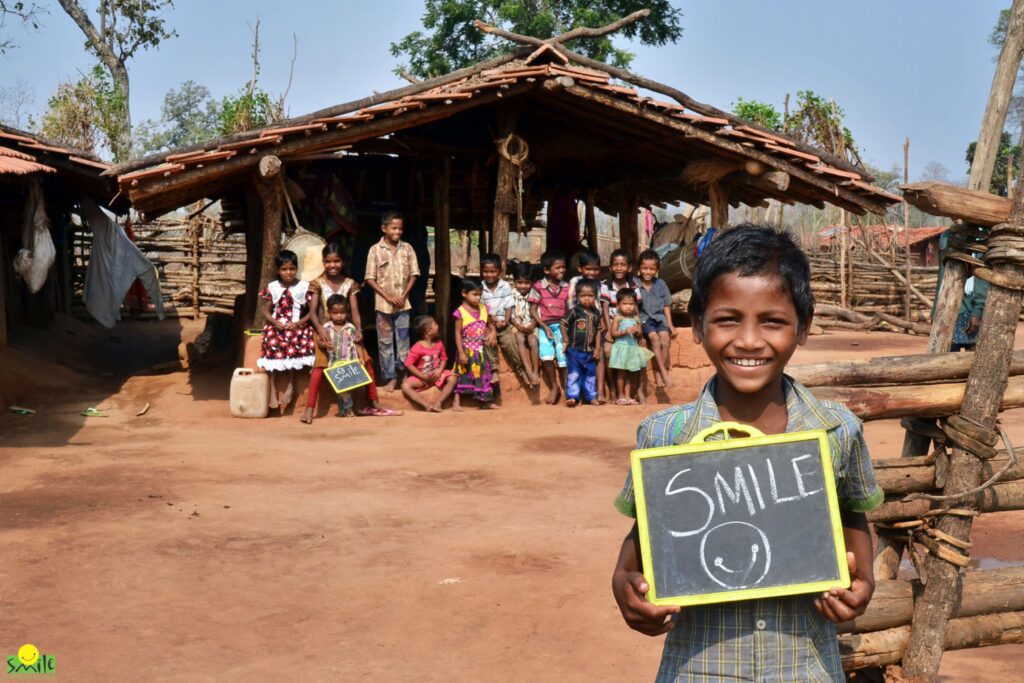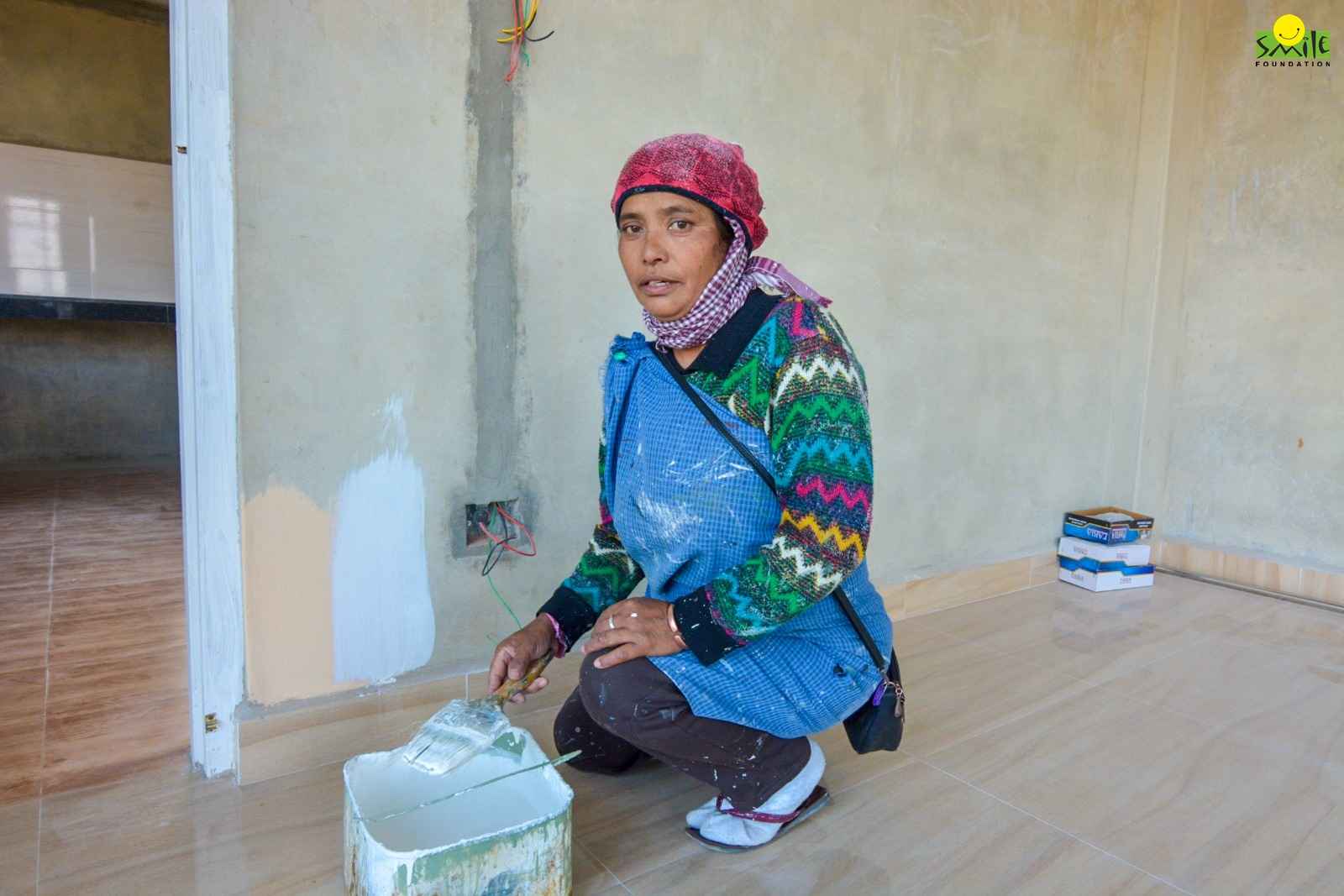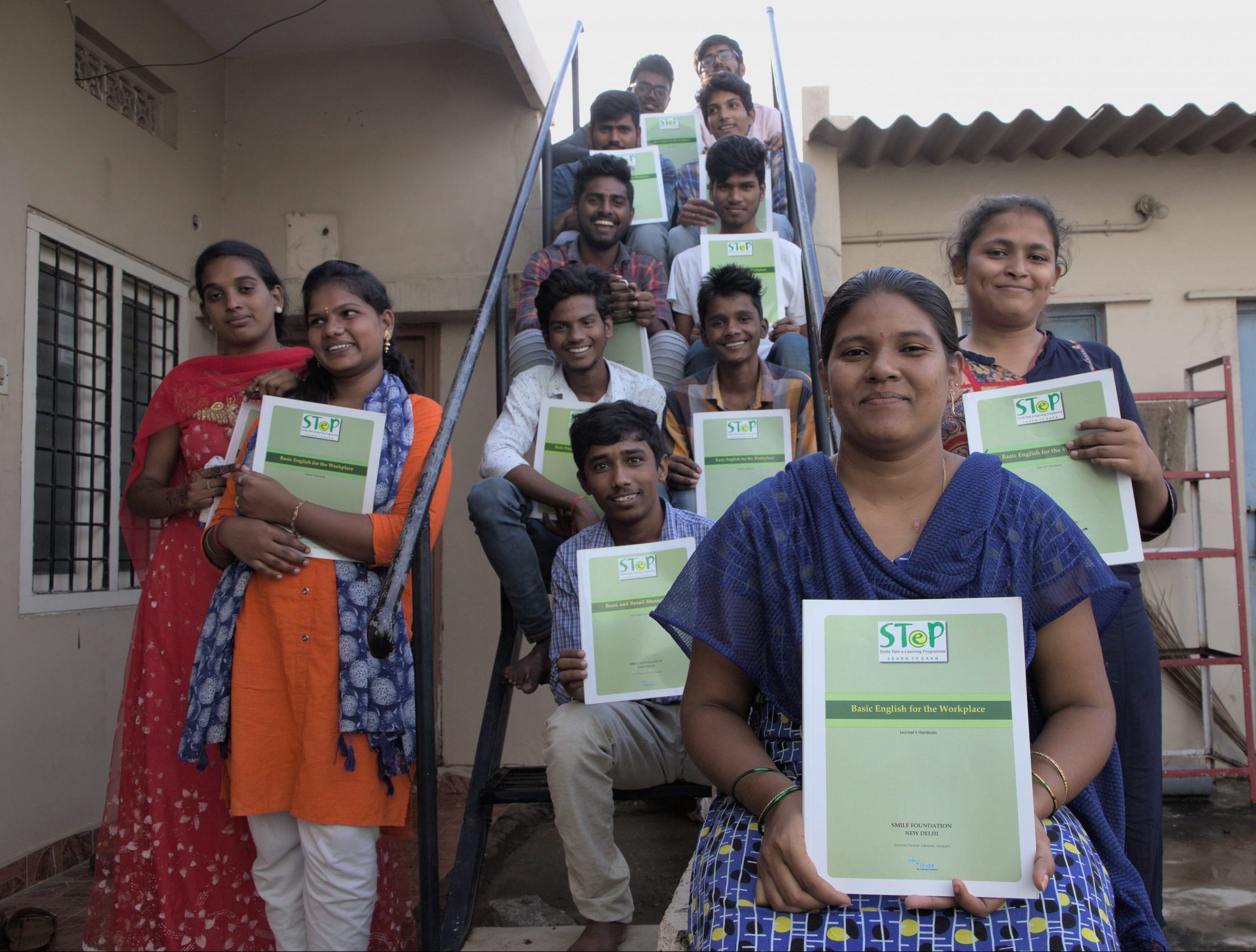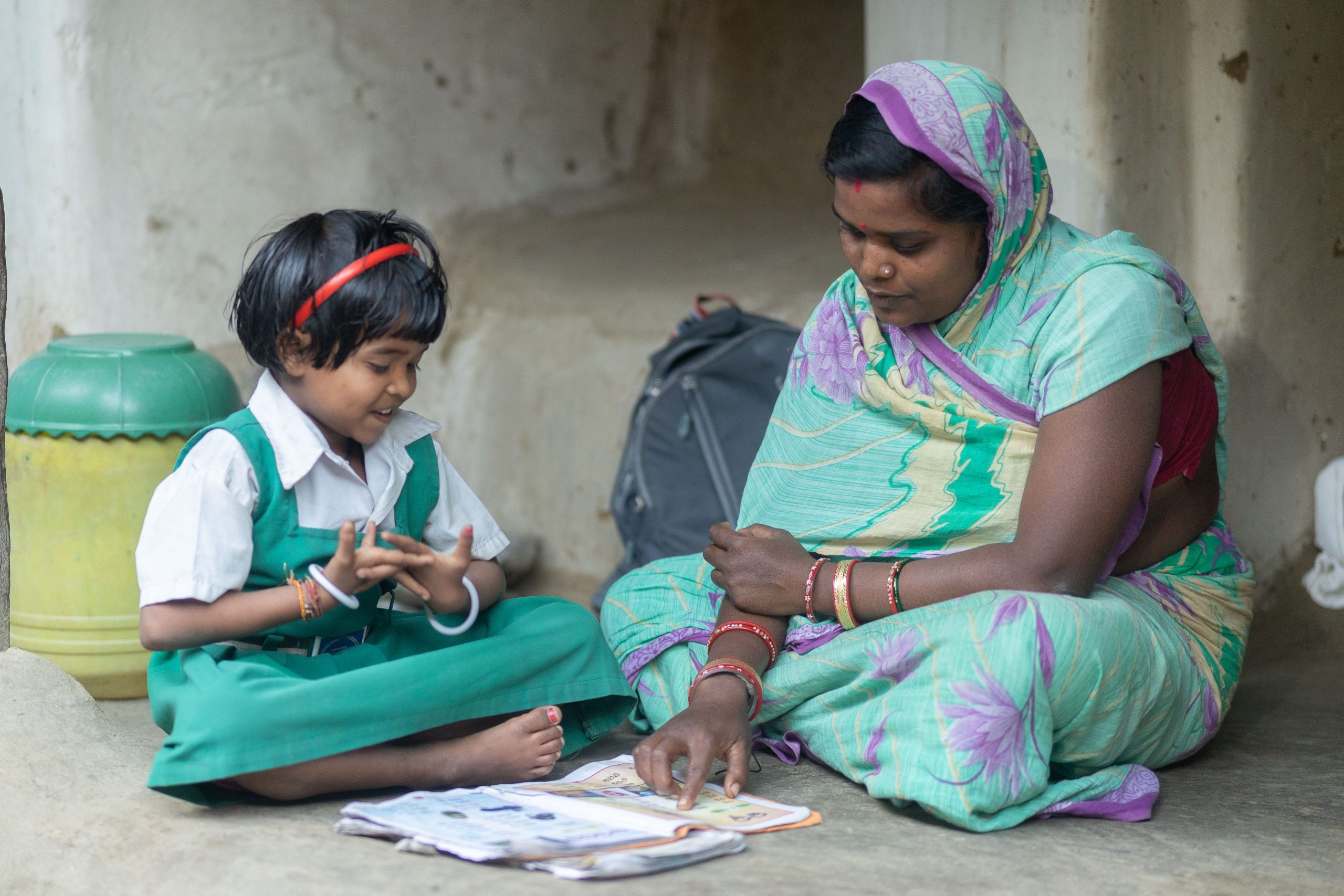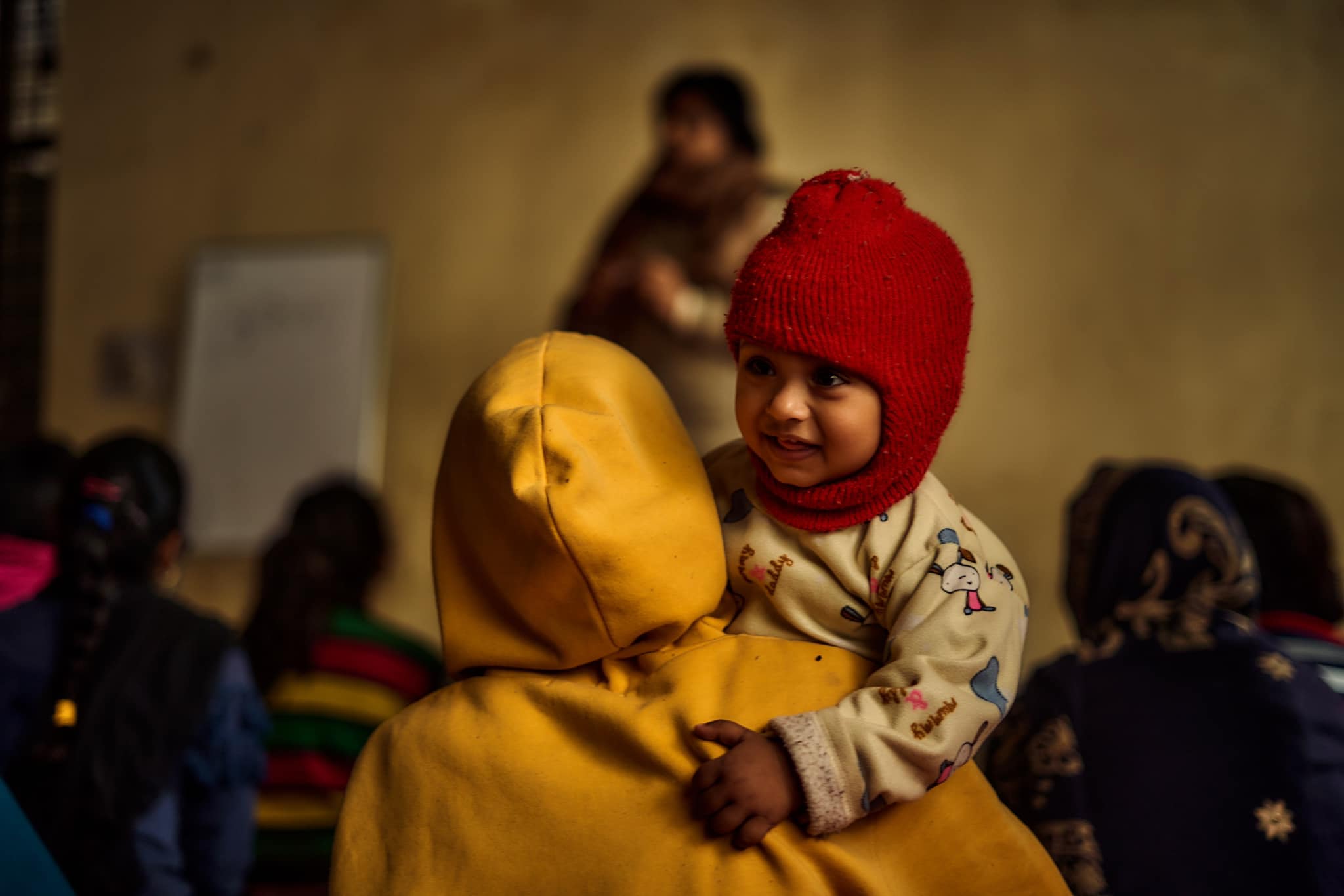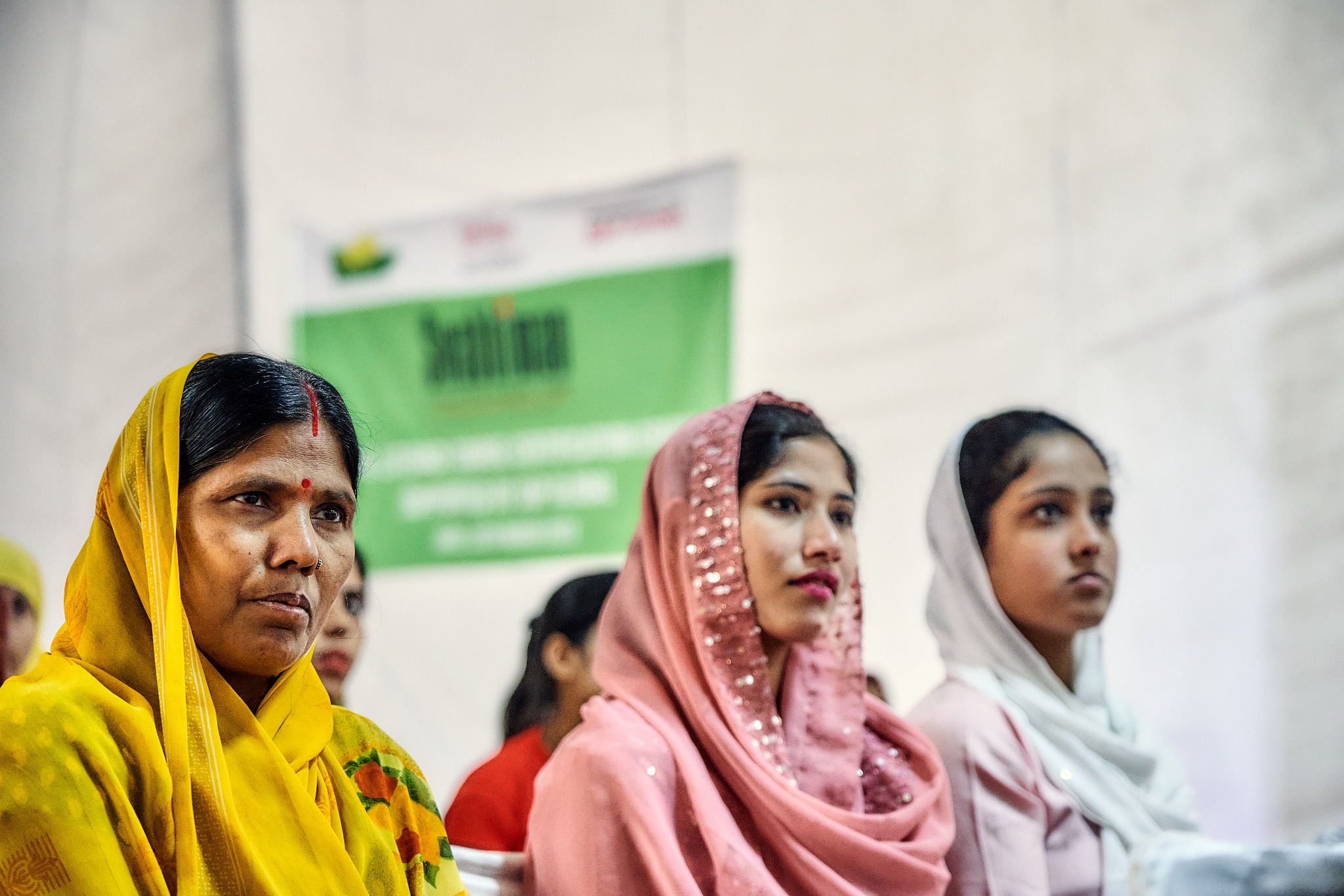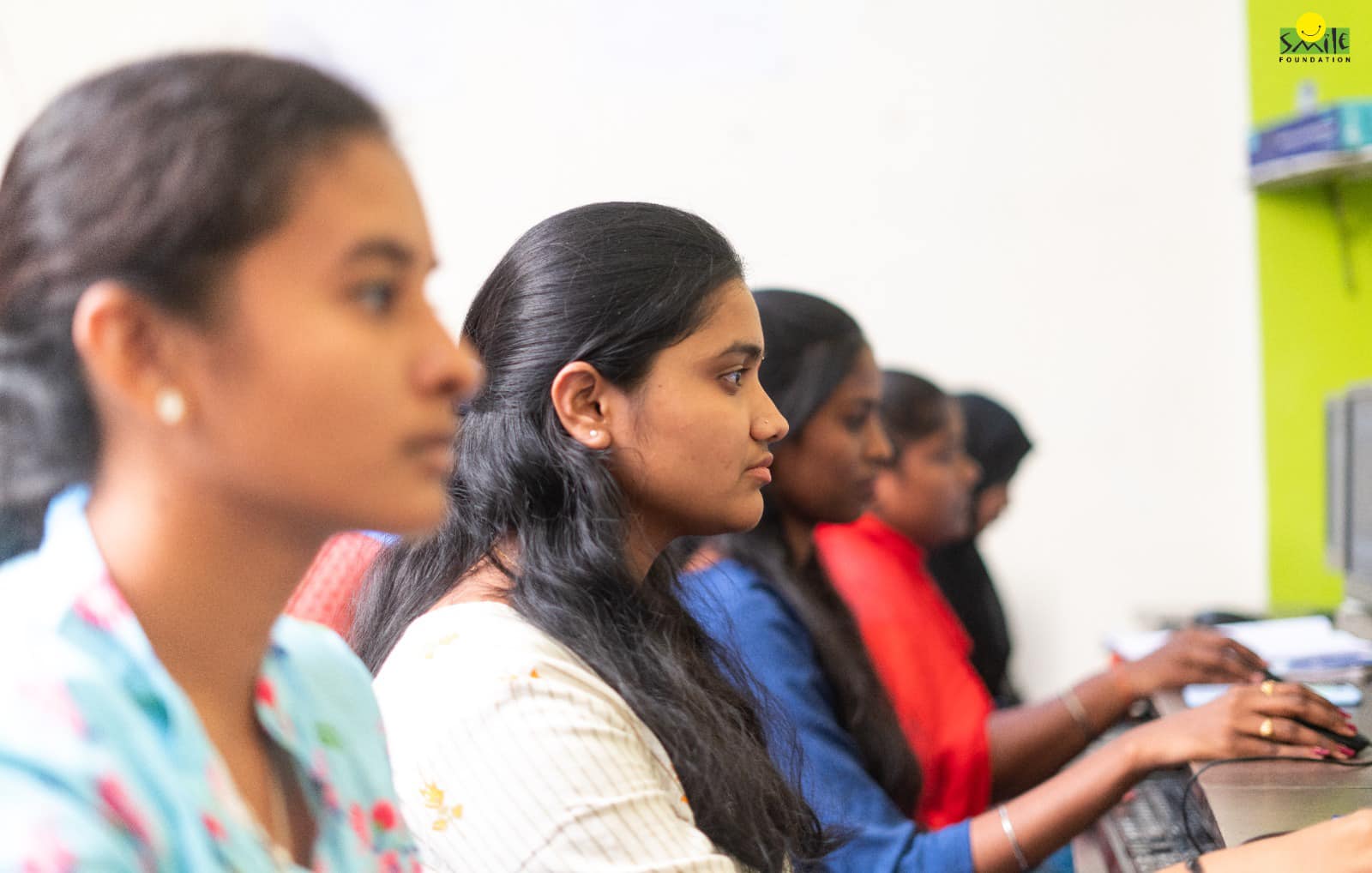The Annual Status of Education Report (2016) points that learning levels remain depressingly low across the country, while 97% of children (aged 6-14 years) across rural India are enrolled in a school, only 13% of the children in grade 2 can read from their language textbooks. Current scenario becomes worrying given the status of quality of education.
The reasons for this state of affairs vary from infrastructure to availability of qualified teachers, from pedagogical to gender biased approach. Though there are many aspects which need to be addressed but amongst them the student-teacher ratio remains an important factor which affects quality of education. In many areas a single teacher is found teaching multiple classes which is not an exceptional arrangement but has become a routine affair. Upon that one can easily see the wide range of variance, at one end we have urban students competing at the global level and on the other hand there are rural students who lack basic infrastructural facilities such as school building and sanitation facilities.
In the context of student-teacher ratio and other factors affecting quality learning of students, Information and Communication Technologies (ICTs) finds a unique place to bridge the challenge. In the contemporary global telecom workspace, India is one of the leading players. In terms of its quality of internet and its affordability, India has the best tariff plans globally, thanks to the domestic competition.
In my childhood, cartoon characters like ‘Tom and Jerry’, ‘Mickey Mouse’ were a choice for urban well-to-do children. In the contemporary time, Indian characters like ‘Choota Bheem*’ and ‘Doreman**’ have not only reached every household but have made themselves an integral part in children’s life. I have seen many instances in the recent times where children have started learning ‘Choota Bheem and Doreman’ before learning ‘Papa and Mama’.
It is high time that these things are noticed and leveraged to improve the quality of primary education which is the building block of an empowered nation in terms of human resources.
While appropriateness of content has been a subject of discussion for a long time, the delivery of content to the children has been an obvious challenge. This is the scenario where e-Leaning can play a catalytic role in bridging the gap and addressing the challenge. It must be understood that e-Learning needs to evolve continuously with recent innovation and should not be restricted to digitization of course material or videography of classroom sessions.
There is enormous potential in designing the content where children’s perspective is at the core; probably the way ‘Choota Beem’ has done in large scale. The fun aspects drive children rather than an animated teacher teaching some student who asks the same question every time the program is viewed unlike in the computer game where there is a degree of unpredictability every time.
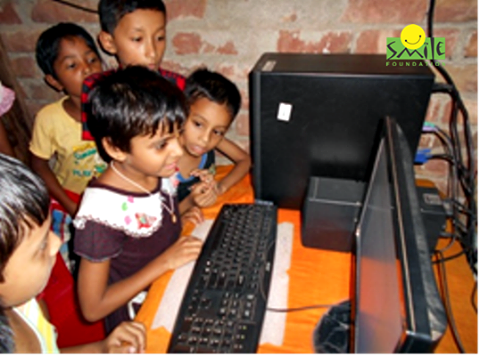
Success of a pilot project is probably the easiest thing to do and scaling & mainstreaming is the most challenging phase in an innovative program. We have witnessed many successful case studies demonstrating the success in a limited scale such as in a couple of schools or for some hundred students. e-Learning is an area where mainstreaming is feasible because the base for deployment is ready – the only thing required is innovative way of content development and deployment. All stakeholders must be taken into confidence while doing so as to realize the maximum efficacy of the program.
There is power dynamics in each and every ecosystem. If we try to create a system that will replace the existing one, probably it will not work in scale. Any initiative of this scale must undergo a transformation process and things must be adapted to the requirement in the due course of time to make it more contextual.
Gaming has been a big global business and there are millions of game players. The best part of it is that it attracts (most of the time people get addicted) the player again and again. Probably, we have to learn the same in designing an e-Learning module. The obvious underlying factor is that it needs huge investment and a multi-stakeholder partnership to make it a success. The e-learning material must be designed keeping the smart phone in mind so that it will be able to reach the un-reached population.
Human resource is the most precious resource of a country and their fundamental knowledge building is quite crucial for building a nation. Once fundamental is built properly, any amount of innovation can flourish and be harnessed to its optimum.
*Choota Bheem is a cartoon character who is brave, strong and intelligent.
**Doraemon – A robotic cat which travels back in time from the 22nd century to aid a pre-teen boy named Nobita Nobi



